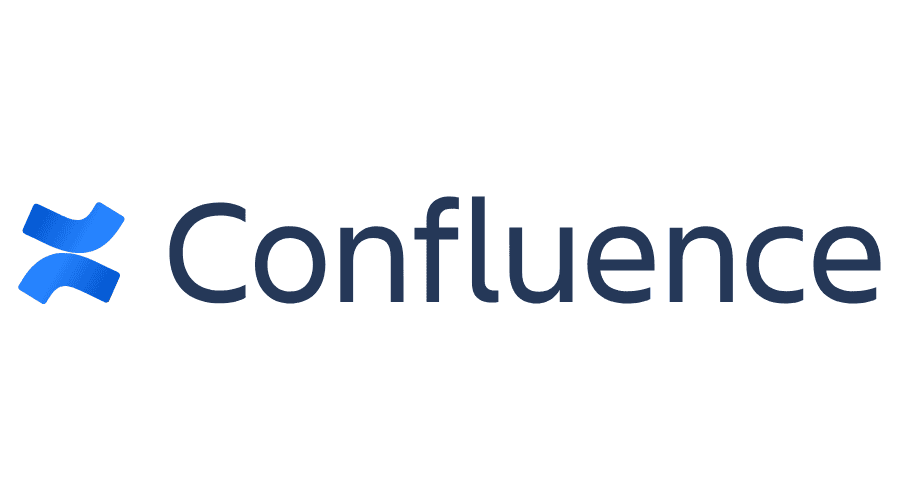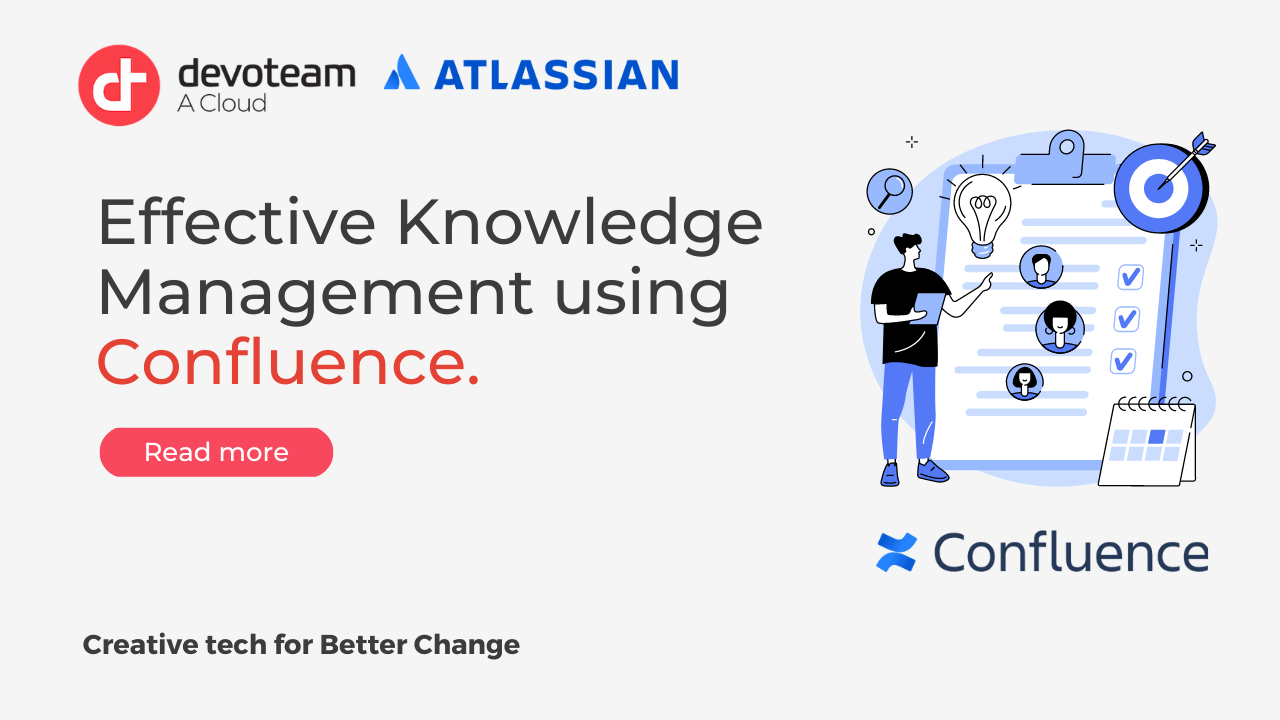How often have you tried to find a piece of information you know exists in your knowledge base but have struggled to locate it? Or, when you do find it, it’s out of date, or worse, completely wrong?
It is common for knowledge repositories to become large and unwieldy. Complex directory structures make it hard to navigate. Content is duplicated or incomplete, irrelevant or outdated. At best, this can be harmless; at worst, it can lead to incorrect actions being taken resulting in outages to critical systems.
Why is Knowledge Management Important?
Your organisation will have a wealth of knowledge and managing this well can help you be more efficient and effective by enabling you to capture and leverage your collective knowledge:
- Improved Decision Making: Effective knowledge management enables your organisation to make informed decisions based on accurate and relevant information.
- Enhanced Collaboration: By sharing knowledge and information across the organisation, knowledge management promotes collaboration, teamwork, and innovation.
- Increased Efficiency: Knowledge management enables your organisation to streamline their processes, avoid duplicating efforts, and save time and resources.
- Retention of Knowledge: As employees retire, leave or move to other roles within the organisation, the knowledge they possess can be retained through knowledge management processes.
- Competitive Advantage: Knowledge management can help your organisation stay ahead of your competition by leveraging your intellectual capital, creating new products and services, and identifying new market opportunities.

What is Confluence?
Confluence is a collaboration wiki used to help teams collaborate and share knowledge efficiently. It acts as your document collaboration and repository as it keeps full tracking of what changed in each document, when, and by whom to keep an ‘audit’ trail. Team members can create, share, and collaborate on content. For service teams, Confluence in integration with Jira Service Desk provides a powerful knowledge base. For development teams in Jira Software and for business teams working in Jira Core, Confluence offers powerful integration features for project documentation, team knowledge, capturing requirements, and much more. Source: Overview of all atlassian products
How can I avoid my Confluence instance becoming a Knowledge Graveyard?
In order to avoid your organisational intelligence being buried under a mound of outdated, inaccurate and downright wrong information and Confluence becoming a knowledge graveyard, Devoteam recommend the following best practices.
1.Create a Consistent Hierarchy
Create a clear hierarchy of pages and spaces to organise your content. This should also mean having different hierarchies according to the use case for the space. For example, the layout for a Software Team would differ from that for a Service Management team. Yet having consistent hierarchies for ALL Software teams would mean that developers moving between teams would still know where to find things and where to add their own content.
Ideally your confluence Spaces should have a similar organisation to your company e.g. if you’re a service based organisation your knowledge base should also be service aligned.
2.Use Templates
A page template is a pre-defined structured Confluence page that can be used as a starting point. Using a Page Template allows users to structure their content in similar and defined fashions. This helps ensure no content is missed and allows the space to scale in an efficient manner.
Confluence Cloud comes with more than 70 templates to help you with everything from taking meeting notes to defining your business strategy. You can also find more templates on the Atlassian Marketplace, or you can even create your own.
3. Use Labels
Labels are keywords that you can add to pages and attachments to make them easier to group and find. Use a consistent set of labels to ensure that similar content is grouped together. Make your labels short, clear and concise. Remove any labels that do not categorise or describe your content.
When editing a page you can edit labels by clicking the breadcrumbs in the top right hand corner of the screen and selecting “Edit labels”.
Or by selecting the +Add label button at the bottom of a page when viewing.
Anyone who can edit a page can add labels to it. Labels added to a template will be automatically added to any new pages created from it.
4. Maintain and update
Regularly review and update your content to ensure that it remains relevant and accurate. Remove outdated or unnecessary content to keep your Confluence instance clean and easy to navigate.
Page Status functionality is now available in the new editor in Confluence Cloud.
The status of a content is composed of a coloured indicator (purple, blue, red, yellow, or green) and a label (with a maximum of 20 characters). This information can aid in quickly comprehending the content’s lifecycle stage. Space admins can define the statuses and either allow authors/editors to add their own custom statuses or restrict this to space admins.
For more advanced lifecycle management there are a variety of marketplace apps available including Comala Document Management and Better Content Archiving for Confluence.
5. Key Lifecycle Stages:
- Reviews – ensure content is accurate and up to date. Reviews should be performed initially prior to publication and then periodically; monthly, quarterly, bi-annual or annual depending on the nature of the content and its likelihood to become outdated.
- Archiving – archive pages that are no longer relevant. This can be done manually as part of the review cycle, or automated using one of the marketplace apps. Archiving a page enables you to move an obsolete or irrelevant piece of content out of your regular workspace. By archiving a page, you not only eliminate it from the page tree, but you also eliminate it from quick search. Existing links to the page will still work but the page will be marked as Archived. Archived pages can be retrieved if required.
- Delete Spaces/Pages – at some point some of your spaces/pages may become completely redundant. When this is the case they should be deleted from your knowledge base completely. This is important for keeping a clean manageable instance and also reduces the space used as sustainability becomes an important consideration in the way businesses operate (see Graham Zabel – Counting the cost of the not-so-lean enterprise for more on this subject).
6. Use Dynamic Content
Use macros in a Confluence page to enhance its functionality and improve the user experience. Confluence macros allow users to add custom functionalities to their pages without having to write code. Macros can help to automate tasks, provide dynamic content, and make information more accessible and user-friendly.
For example, a table of contents macro can be used to generate a navigation menu that helps users quickly find the information they need which can also link to other tools such as Jira. A task list macro can be used to track project progress and assign tasks to team members.
Macros can also be used to embed multimedia content, such as videos or social media feeds. They can also dynamically bring content in from another Confluence page, preventing repeating and redundant information!
Using macros in a Confluence page can improve collaboration, streamline workflows, and make information more engaging and interactive for users.
7. Open Sharing
Make your knowledge as open as possible, only locking down spaces/pages that contain sensitive data that have a limited audience. Open sharing promotes the use of dynamic content and helps prevent redundant and repeating data.
8. Last, but not least – Keep it Simple
Keep your organisation structure and naming conventions simple and easy to understand. Overcomplicating things can make it harder for users to find what they need.
Conclusion
Don’t let your Confluence site become a graveyard where information goes to die.
By adhering to some basic best practices, you can improve your efficiency and effectiveness by harnessing and utilising your shared knowledge.
If you want help in managing your knowledge more effectively please contact us.
P.S. Here’s some exciting new features coming soon to Confluence.
About Devoteam A Cloud
With 500 clients across Europe, Devoteam A Cloud offers excellent know-how on AWS technologies since 2012. Our team of 550+ AWS experts supports customers with scalable infrastructure, new ways of thinking and operating enabled by AWS so that they can explore new possibilities, re-invent their business, and evolve into an enterprise platform.
Devoteam is an Atlassian Platinum Solution Partner, we have passed the strictest training requirements and have a tried-and-true business model that can scale from serving small to very large clients. We are well equipped to manage a variety of customer solutions and have an established run rate of Atlassian business. With a team of Global Certified Individuals, we try to improve our and your business as much as possible. We try to provide amazing products and services tailored for your team.

Jan Lawrence
Principal DevOps Consultant
Devoteam UK
